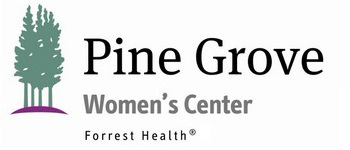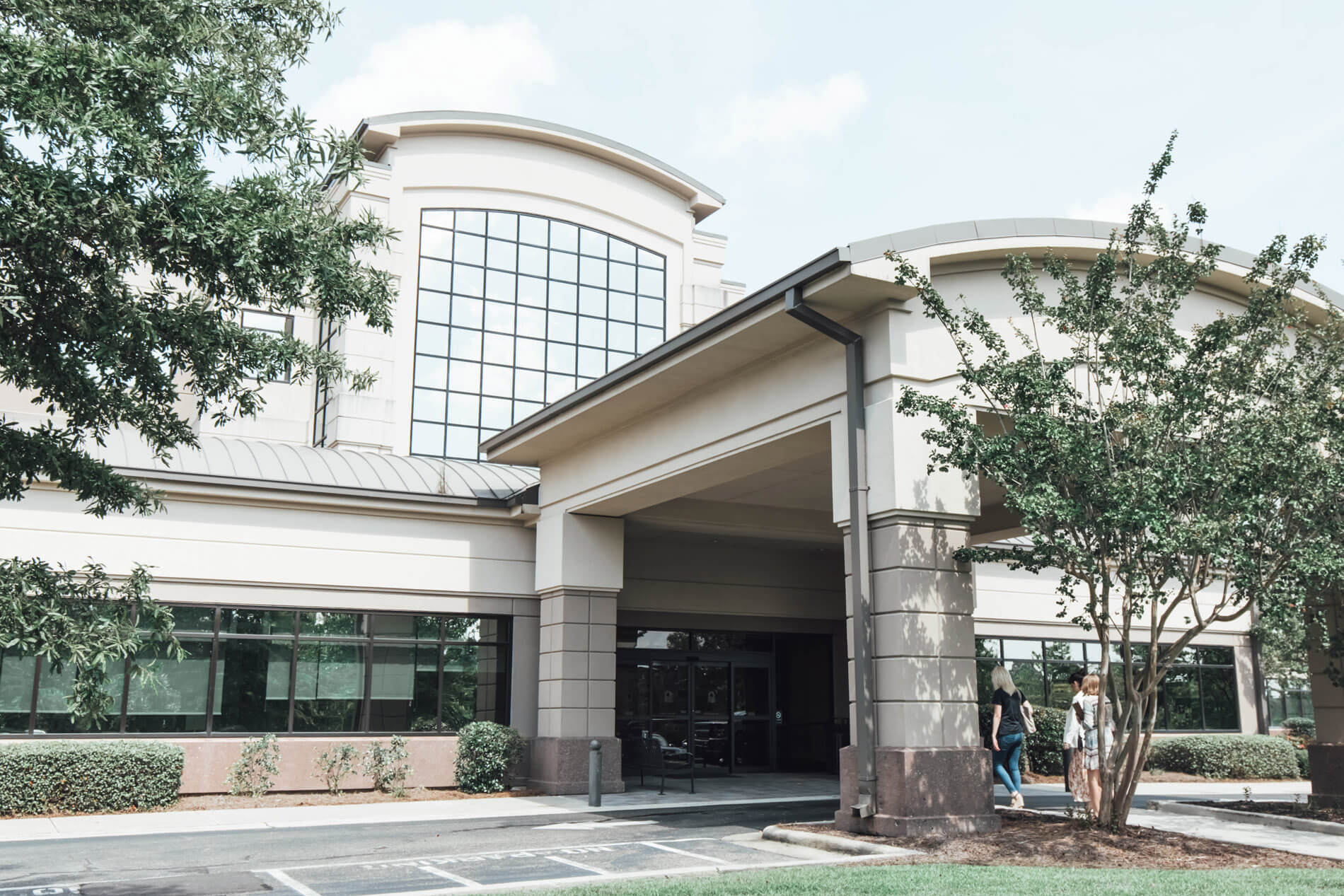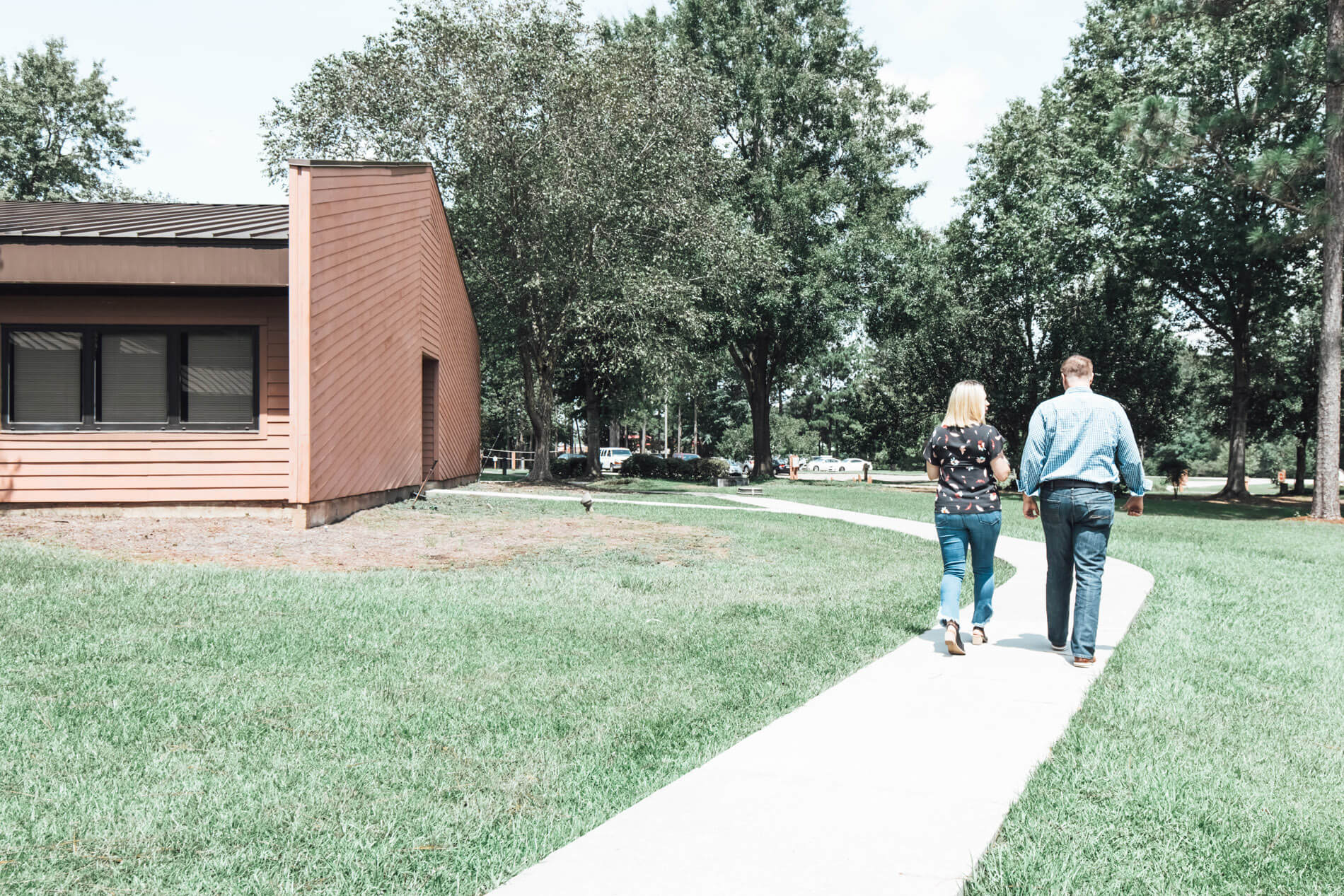Recognizing Signs of Self-Harm
March is Self-Harm Awareness Month – a crucial time for education and dialogue around a misunderstood and often-hidden issue. At Pine Grove, we understand the complexity and sensitivity surrounding self-injury and its overlap with other mental and behavioral health disorders. This post will illuminate why people self-harm, explore its connection with substance abuse and explain how to find help.
What Is Self-Injury?
Self-harm is when people deliberately hurt themselves without suicidal intent. It’s a coping mechanism some people use to deal with overwhelming emotional pain, stress or frustration. Common forms of self-injury include cutting, burning, hitting or persistently picking at wounds.
The reasons behind self-harm are as varied as those who experience it. It’s often a manifestation of deep-seated emotional distress, providing relief from intense feelings like sadness, self-loathing or disconnection. Self-harm can offer a short-lived sense of control in an unpredictable world. Paradoxically, as the urge to self-injure grows stronger, the harder it will be to control.
The Connection Between Self-Harm and Substance Abuse
There’s a notable intersection between self-harm and substance abuse. Both can serve as maladaptive coping mechanisms for managing emotional pain. Substance use can escalate the risk of self-injury by impairing your judgment and increasing impulsivity. Conversely, you may also drink or use drugs to numb the guilt and shame around hurting yourself, creating a vicious cycle of self-destructive behavior.
Recognizing self-harm can be challenging because people do it in private. However, here are a few signs that may indicate someone is struggling:
- Unexplained, frequent injuries like cuts or burns.
- Wearing long sleeves or pants, even in hot weather, to cover injuries.
- Isolation and withdrawal from social activities.
- Visible mood swings or emotional distress.
- Collecting sharp objects, lighters or other items used to self-injure.
How to Get Help
Breaking the cycle of self-harm and substance abuse requires compassionate, professional intervention with strategies like these.
- Therapy: Techniques like cognitive behavioral therapy can help you understand the root causes of your behavior, develop healthy coping mechanisms and address any underlying mental health conditions.
- Medication: In some cases, your doctor may prescribe you medication to manage symptoms of depression, anxiety or other mental health disorders contributing to self-harm behaviors.
- Support groups: Finding a community of people with similar experiences can reduce feelings of isolation and provide a network of new friends you can lean on.
Admitting you need help is the first step in healing. Self-harm and related disorders require empathy, patience and understanding. At Pine Grove, we provide comprehensive care for those dealing with self-injury and substance abuse, offering hope and a path forward. Reach out to learn more about our mission and specialized programs.







